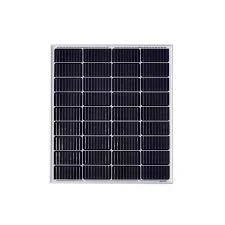the price of solar panels
The Price of Solar Panels An In-Depth Look
In recent years, the adoption of solar energy has seen a significant increase, driven largely by the desire for sustainable energy solutions and the need to combat climate change. One major factor influencing this trend is the price of solar panels, which has dropped dramatically over the past decade. Understanding the dynamics behind solar panel pricing can help consumers, investors, and policymakers make informed decisions.
Historically, the cost of solar panels was prohibitively high for many homeowners and businesses. However, advancements in technology, increased manufacturing efficiency, and a surge in global demand have all contributed to a steady decrease in prices. Between 2010 and 2020, the cost of solar photovoltaic (PV) systems fell by nearly 90%. This remarkable decline has made solar energy more accessible to a broader range of consumers, allowing even those on a tighter budget to consider solar solutions for their energy needs.
Several factors contribute to the price of solar panels. First and foremost is the cost of raw materials. The primary material used in most solar panels is silicon, which is abundant but requires significant processing. The global supply chain also plays a crucial role; disruptions can lead to fluctuations in prices. Additionally, national and international policies, such as tariffs on imported solar equipment or incentives for domestic production, can impact prices significantly.
the price of solar panels

Moreover, the installation costs of solar panels vary regionally due to differences in labor costs, permitting processes, and regulations. In areas with more streamlined processes and lower labor costs, the overall installation can be cheaper, making solar more attractive to potential users.
Another critical aspect to consider is the long-term financial incentives of solar panel investments. Despite the initial costs, homeowners can save significantly on their electricity bills once the system is installed. The payback period—typically 5 to 10 years—varies depending on local electricity rates, sunlight exposure, and available incentives such as tax credits and rebates. After the payback period, the energy generated from the solar panels is essentially free, providing a substantial return on investment.
Furthermore, the growing emphasis on renewable energy sources is leading to increasing governmental support, which can further drive down costs. Many countries are implementing policies to encourage clean energy adoption, such as renewable energy certificates and feed-in tariffs, which incentivize both consumers and providers to invest in solar technologies.
In conclusion, the price of solar panels has evolved significantly, becoming more feasible for consumers and businesses alike. As technology continues to advance and production methods improve, it is likely that solar energy will play an increasingly vital role in the global energy landscape, paving the way for a more sustainable future.
-
Unlocking Energy Freedom with the Off Grid Solar InverterNewsJun.06,2025
-
Unlock More Solar Power with a High-Efficiency Bifacial Solar PanelNewsJun.06,2025
-
Power Your Future with High-Efficiency Monocrystalline Solar PanelsNewsJun.06,2025
-
Next-Gen Solar Power Starts with Micro Solar InvertersNewsJun.06,2025
-
Harnessing Peak Efficiency with the On Grid Solar InverterNewsJun.06,2025
-
Discover Unmatched Efficiency with the Latest String Solar InverterNewsJun.06,2025







